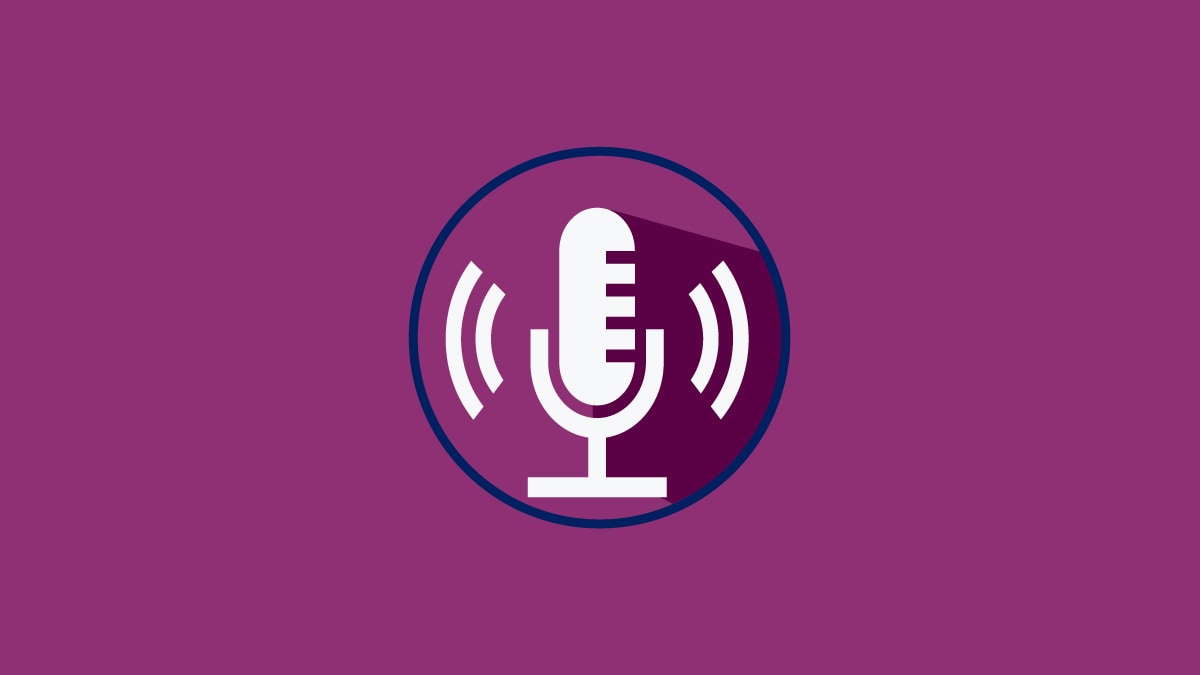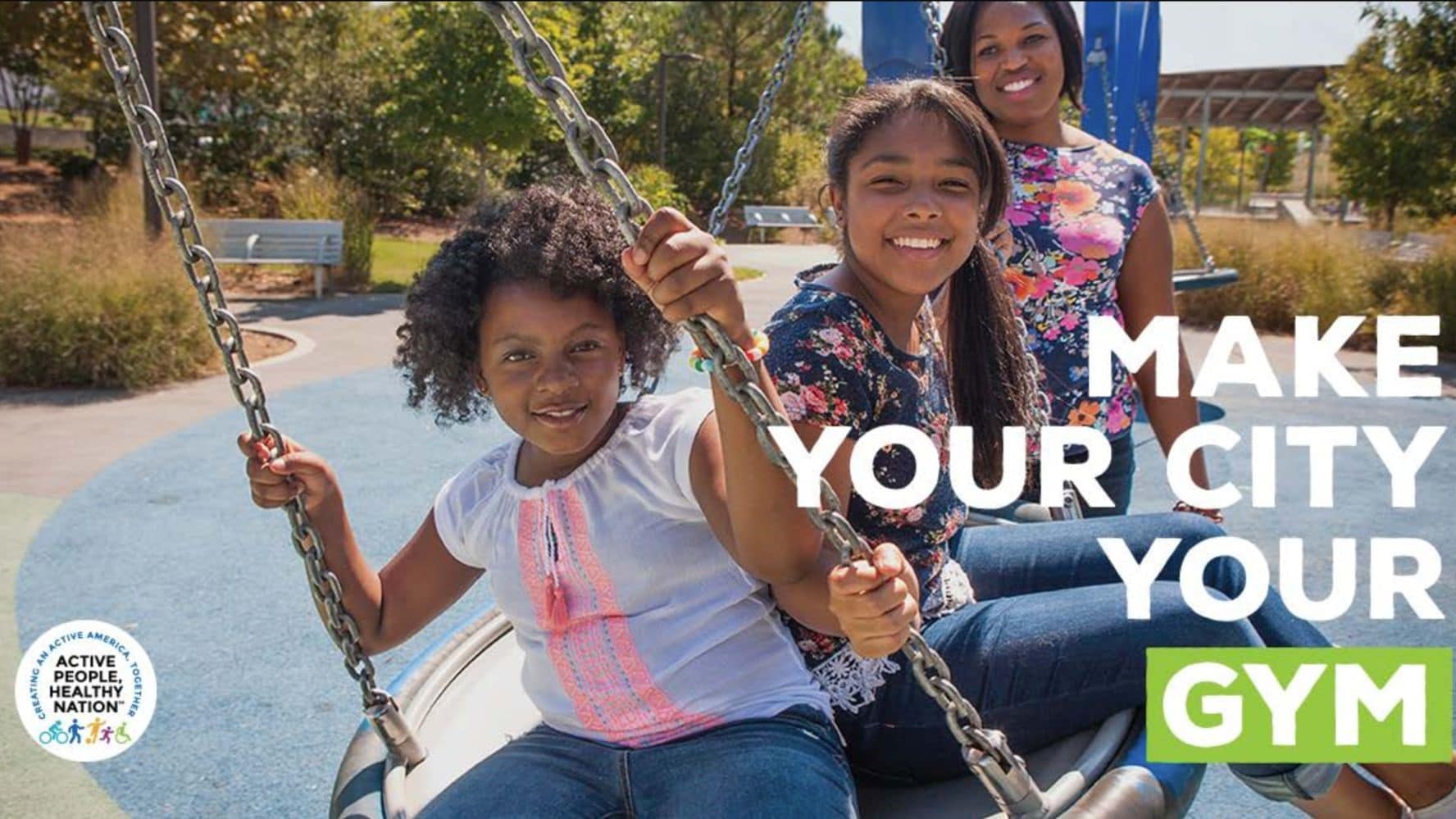What to know
As a public health professional, you can use media and strategic communication to expand visibility and support for efforts to increase physical activity. Your actions can help improve the health of your state and community.

Overview
Every day, millions of people receive messages through a wide range of communication channels in both their personal and professional lives. These channels include social media, the Internet, television, radio, smart phones, billboards, and newsletters.
Anyone working to improve public health can use these communication channels to promote messages about the importance of physical activity. For example, you can:
- Create easy-to-understand messages that encourage people to adopt healthier lifestyles.
- Share messages on social media.
- Use earned media news stories, paid ads, public service announcements, and success stories to promote active transportation options and educate local policymakers about their benefits.
- Use communication strategies to show the need for healthier places for people to be active and create demand for programs to address this need.
How to get started
You can use the following strategies to share messages about physical activity in your community:
Identify your audience and your objective by audience.
- Start by identifying the people you want to reach. Your audience should be based on your program objectives. It may include specific segments of the public, community members, partners, or decision makers. For help identifying your focus audience, see the Audience Worksheet.
- Decide if you want to reach one group of people or multiple groups. You will need a tailored message for each audience.
- Specify what you are trying to achieve (your objective) by audience.
Develop consistent messages.
- Develop communication objectives that link to your program objectives. See the Communication Planning Tool.
- Create specific messages and materials for each audience. For example:
- Some messages may encourage people to be more physically active and tell them how.
- Other messages may educate people about barriers and solutions to building activity-friendly communities.
- Some messages may encourage people to be more physically active and tell them how.
- Use a message map to help you create a simple, compelling message and identify what is important to your audience. See the Message Mapping Worksheet.
- Consider health equity and inclusive communication when developing messages and framing information, especially when addressing health disparities. See Framing Guidance: Equitable Physical Activity.
- Use language and images that you want others to use. See Communicating about Physical Activity: Challenges, Opportunities, and Emerging Recommendations.
- Test messages before using them with your audience.
Identify the best communication channels and methods to reach your audience.
Assess the types of communication channels and methods available. Identify and use the ones that will help you reach your audience most effectively. For example, you can promote your messages through:
- Earned media news stories or paid media in newspapers or on local television and radio.
- Paid ads or public service announcements on billboards or public transit.
- Social and digital media tools and channels, such as websites, online newsletters, videos, phone apps, and social media, such as Facebook, X (Twitter), Instagram, and LinkedIn.
- Partner communication channels, such as newsletters and community events.
Share information about the benefits of physical activity and promote community programs and policies that make it safe and easy for people to be physically active.
- Promote the availability of safe, convenient, and well-designed community locations and programs that promote physical activity.
- Let people know when and where they can participate in physical activity programs. Share information about activity-friendly ways to get to these programs, such as walking or biking.
- Promote policies such as Complete Streets that help all users—pedestrians, wheelchair users, bicyclists, and drivers—move safely through their communities.
- Promote strategies that encourage destinations such as schools, parks, and workplaces to be within walkable and bikeable distances from homes.
- Coordinate with other sectors to help people find safe places to be active. For example, promote community wayfinding through signage that tells people how to walk, wheelchair roll, or bike to the places they want to go. Signage can include information about accessibility for people with mobility or other limitations.

What others are doing
These groups used effective strategies to communicate about physical activity in their states and communities.
Coalition Promotes Complete Streets in Pennsylvania
To improve access to physical activity in York City, Pennsylvania, a local coalition worked to educate city leaders about the benefits of the Complete Streets approach to designing streets. The coalition included representatives from the local nonprofit, faith, business, education, government, and health care sectors. Its communication efforts helped raise awareness and promote Complete Streets and active transportation options. Its efforts also resulted in changes to the built environment and planning for future activity-friendly routes to connect people to key destinations, such as parks, schools, and trails.
Play Every Day Campaign in Alaska Promotes Physical Activity
This campaign encouraged children to be more physically active. Campaign staff talked to parents across Alaska to learn more about their intended audience before they created their materials. They tested and evaluated messages to identify which would achieve their goal. They also coordinated with a variety of partners across the state to make sure their messages would reach as many people as possible. These partners included preschools, health care providers, tribal organizations, and nonprofit organizations.
Collaboration Strengthens Chronic Disease Efforts in New York
The New York State Arthritis Program worked with other state chronic disease programs to identify barriers to delivering physical activity programs to improve quality of life for adults with arthritis. They identified a need for standardized marketing materials to promote state chronic disease programs. To meet this need, they developed communication resources that could be customized for different audiences. The resources included fact sheets, flyers, and social media messages in English and Spanish, as well as guidelines on how to use them.
Mississippi Encourages People to Move Your Way
To help promote physical activity, the Mississippi State Department of Health worked with national, state, and local partners to implement and evaluate the national Move Your Way® campaign. Staff turned recommendations from the Physical Activity Guidelines for Americans into easy-to-understand physical activity guidance. A Move Your Way Try-a-Thon promoted the message that every bit of physical activity counts and helped community members find what works for them. The staff also used Instagram and Facebook and created their own hashtag (#MoveYourWayJXN) to promote physical activity challenges and upcoming events.
Resources
Active People, Healthy NationSM
Multimedia tools to promote physical activity and motivate people to integrate more activity into their lives and communities.
Making Health Communication Programs Work
Guide to four stages in the health communication process.
Communicating about Physical Activity: Challenges, Opportunities, and Emerging Recommendations
Strategic brief that describes barriers to clear communication about physical activity and provides recommendations on how to address challenges and take advantage of opportunities.
CDC Clear Communication Index
Helps develop and assess public communication materials.
Framing Guidance: Equitable Physical Activity
Recommendations on how to communicate about equitable access to physical activity.
Health Equity Guiding Principles for Inclusive Communication
Emphasizes the importance of addressing all people inclusively and respectfully. Helps ensure that communication products and strategies consider the specific cultural, linguistic, environmental, and historical situation of each population or audience of focus.
National Physical Activity Plan: Mass Media Sector
Policy and programmatic recommendations to increase physical activity. Includes strategies and tactics that communities, organizations, and individuals in mass media can use to support physically active lifestyles.
State and Community Health Media Center
Provides free or low-cost, audience-tested advertisements, photos, and other material to support program efforts. Your organization's name, logo, and website can be added for a small fee. Sample advertisements include:
- Active People, Healthy Nation – Moving Matters
- Active People, Healthy Nation – I Choose
- Active People, Healthy Nation – Make Your City/Town Your Gym
- I Bike Boston
- Our Community Deserves
- Streets for All
Campaigns
Moving Matters
Helps increase awareness of the benefits of physical activity and builds confidence to be more physically active. Also prompts more physical activity among adults who are insufficiently active and inactive.
Move Your Way
Includes fact sheets, posters, videos, interactive tools, and web badges.
CDC VERB™
Commercial campaign to increase and maintain physical activity among children 9 to 13 and generate support from parents. Launched in 2002, VERB promoted physical activity as a chance to have a good time with friends. The campaign focused on four racial and ethnic groups.
Fact Sheets and Infographics
Health Benefits of Physical Activity for Adults in English and Spanish
Health Benefits of Physical Activity for Children in English and Spanish
Health Benefits of Physical Activity for Adults 65 or Older in English and Spanish
Physical Activity and Cancer
Physical Activity Builds a Healthy and Strong America
